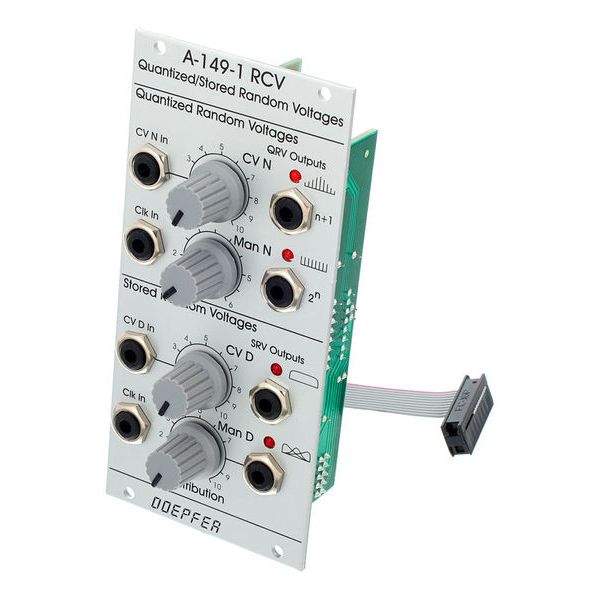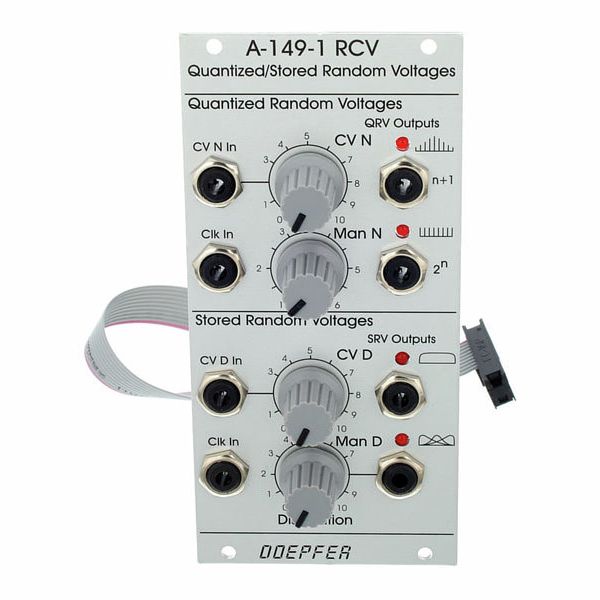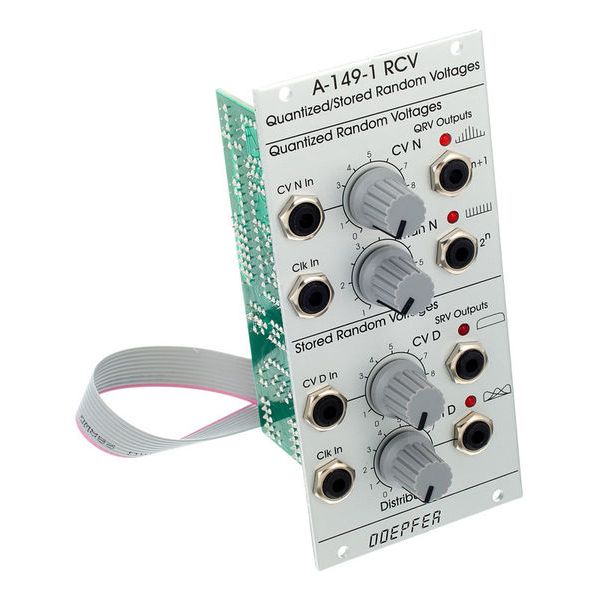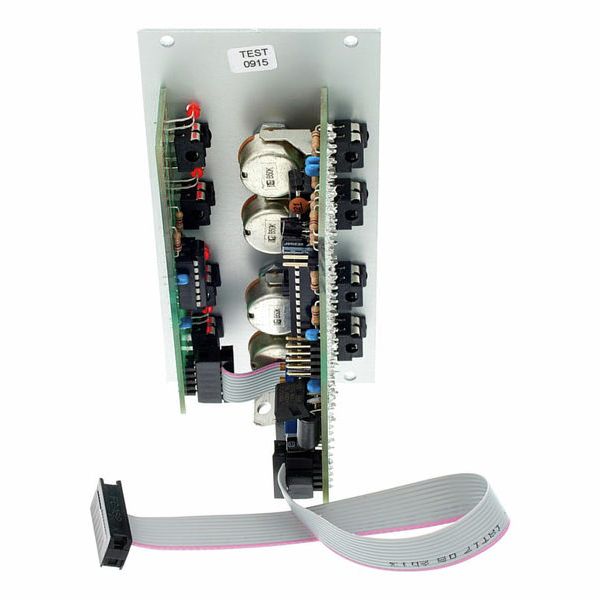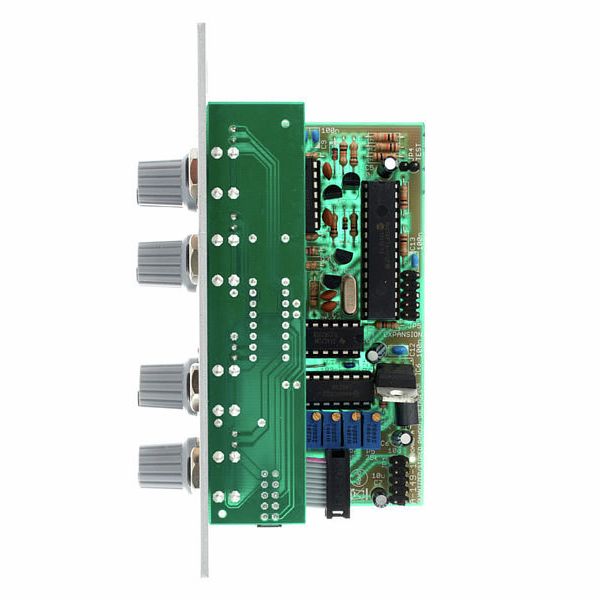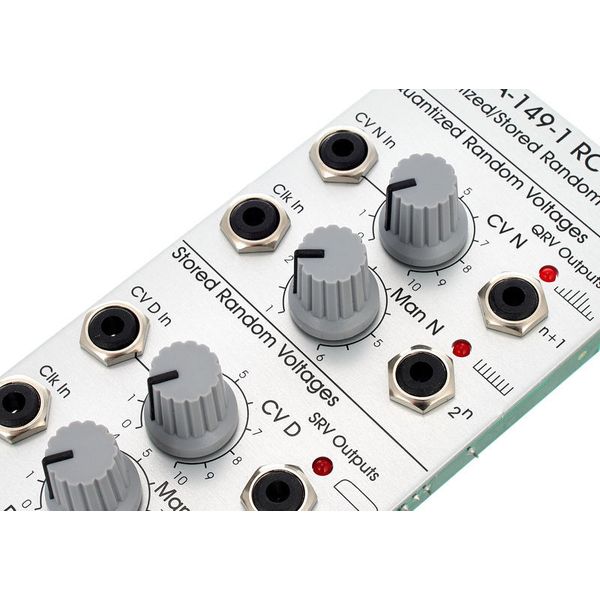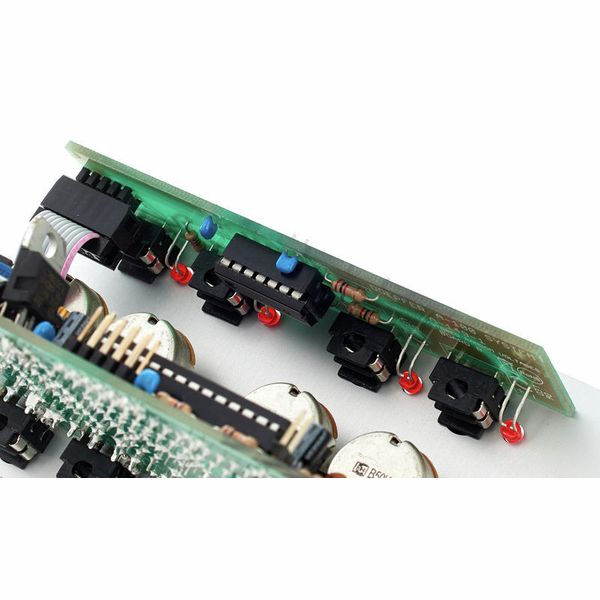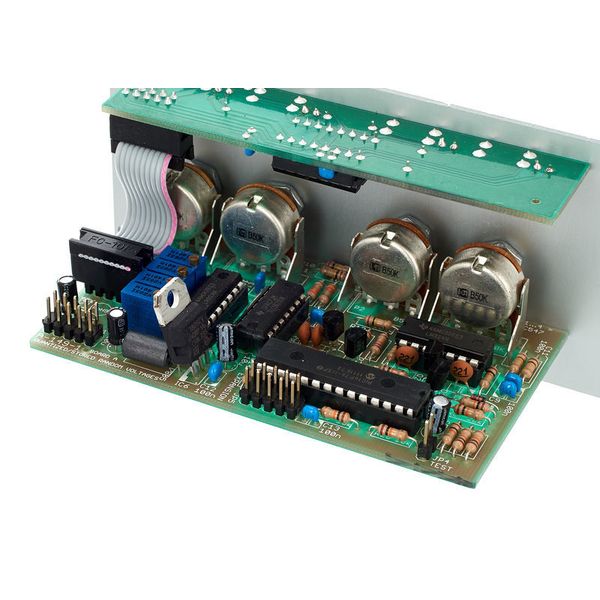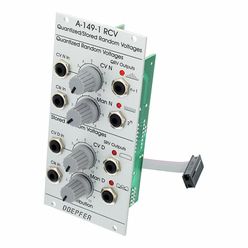Module quantized/stored random CV
Référencé depuis
Décembre 2006
Numéro d'article
199098
Conditionnement (UVC)
1 Pièce(s)
Module de commutation
Non
Traitement CV / processeurs VC
Oui
Tools
Non
Largeur
12 TE / HP
-
Doepfer Modules Divers en un clin d'oeil
-
Afficher les Modules Divers dans la fourchette de prix 100 € - 140 €
-
Aller à la catégorie Modules Divers
-
Aller à la catégorie Systèmes Modulaires
-
Aller à la catégorie Synthétiseurs, Workstations & Samplers
-
Aller à la catégorie Pianos & Claviers
-
Voir les infos pour le constructeur Doepfer
-
Doepfer Pianos & Claviers en un clin d'oeil





